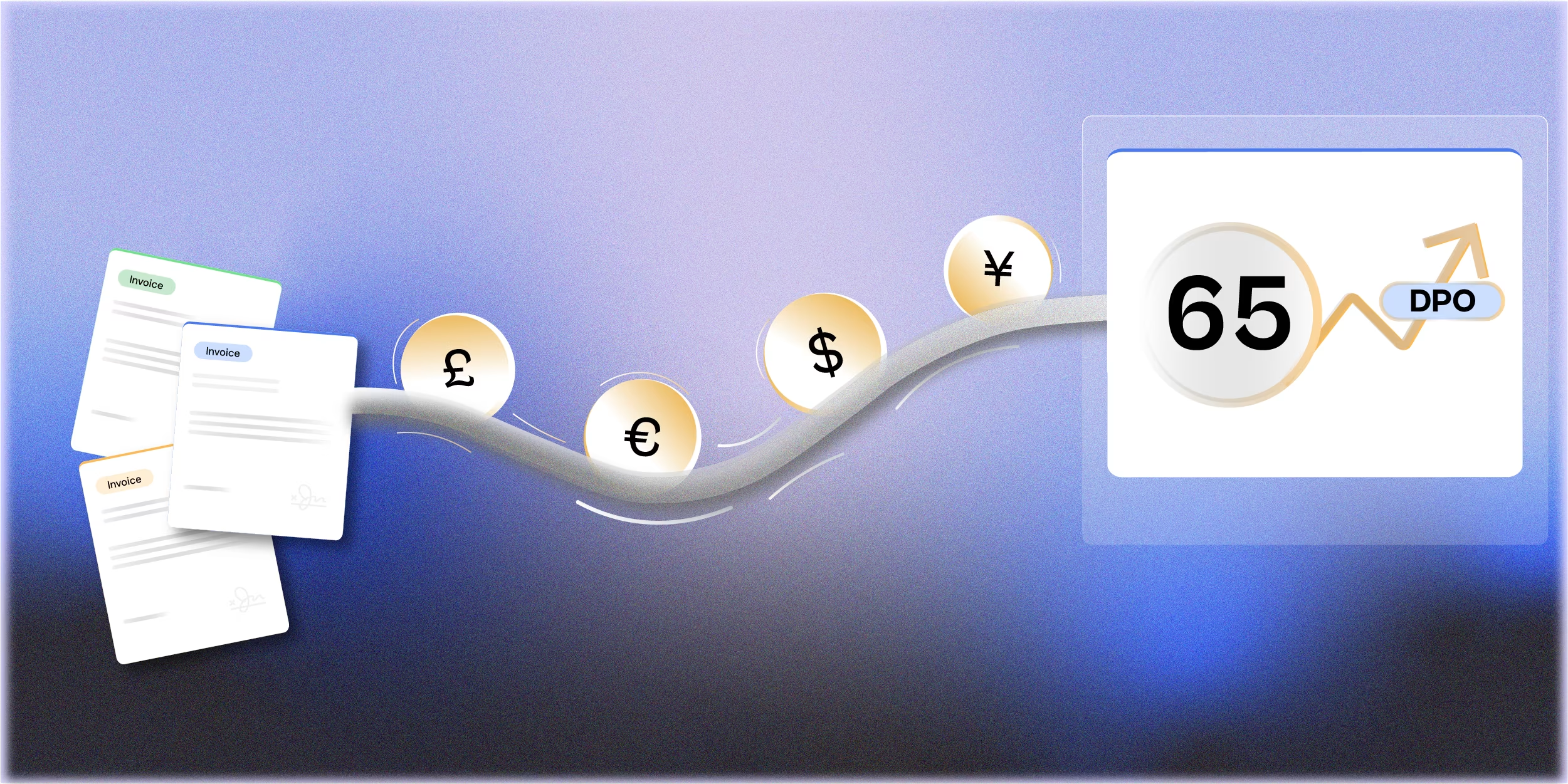The interbank clearing system in the Czech Republic
The interbank payment system in the Czech Republic, which processes interbank payments in Czech koruna, is known as the CERTIS system (Czech Express Real Time Interbank Gross Settlement system). CERTIS began its operations within the Clearing and Settlement Centre at the SBCS in the former Czechoslovakia on March 8, 1992.
Following the division of Czechoslovakia at the beginning of 1993, a new clearing centre was established in Slovakia, while the former federal Clearing and Settlement Centre remained within the Czech National Bank. The CERTIS Instant Payments system in the Czech Republic was launched in November 2018.
Each participant in CERTIS is identified by a unique bank identifier code, which is a mandatory part of any payment transaction. Additional numerical codes (known as payment symbols) are used to provide more detailed information about the payments.
Direct Participants
Banks holding a banking license for operation within the territory of the Czech Republic can be direct participants in the interbank payment system. The direct participants of CERTIS include savings and credit cooperatives as well as foreign bank branches.
The CERTIS system communicates solely with the head offices of the banks. Each bank has only one interbank payment account with the Czech National Bank. Payments between customers of the same bank are processed internally within the bank’s own system, without any involvement from CERTIS.
Types of transactions handled
The following types of transactions are handled in the CERTIS system:
- credit transfers;
- direct debits;
- corrective settlement transfers (credit transfer cancellations);
- Third-party system transactions;
- information and technical transactions;
- instant payments.
Did you know? In 2017, the Czech Republic had the largest number of credit transfers per capita (171.8) in Europe (vs 62.6 on average).
How CERTIS Instant Payments Work?
Imagine two businesses, Aroma Cafe and Safeway based out Czech Republic.Let us assume that Aroma Cafe needs to pay Safeway for a service. Here’s how the payment process works using CERTIS instant payments in the Czech Republic:
1. Aroma Cafe Makes a Payment: Aroma Cafe decides to pay Safeway and initiates the payment through its bank.
2. Bank Checks the Payment: Aroma Cafe’s bank checks if there is enough money in Aroma Cafe’s account. If there is, the bank sends the payment to the CERTIS instant payment system.
3. CERTIS Starts Processing: The system starts processing the payment as soon as it receives it. CERTIS checks if the payment is correctly signed, if Aroma Cafe's bank has enough balance, and if Safeway’s bank can receive instant payments.
4. CERTIS Reserves Funds and Sends Payment: If all checks are successful, CERTIS reserves the money in Aroma Cafe's bank account and sends the payment to Safeway’s bank.
5. Safeway’s Bank Checks the Payment: Safeway’s bank receives the payment and checks if Safeway’s account exists and can accept the payment. If everything is okay, Safeway's bank confirms to CERTIS.
6. Payment Completion: CERTIS finalizes the payment and sends it to Safeway’s bank. Safeway’s bank then immediately credits the money to Safeway’s account.
7. Notifications: CERTIS notifies Aroma Cafe’s bank that the payment was delivered to Safeway’s bank. Aroma Cafe’s bank then informs Aroma Cafe that the payment is complete.
CERTIS instant payments are very fast, reliable, and work around the clock, even at night and on weekends. However, sometimes there might be small delays or rejections due to minor issues in the communication process. These problems happen in only about 0.1–0.2% of cases (one or two payments out of every thousand).
Advantages and Disadvantages of CERTIS Instant Payments
CERTIS instant payments offer several advantages, making transactions quick and convenient. Payments are processed within seconds, available 24/7, and highly reliable, allowing businesses and individuals to complete transactions without delays. The system’s constant accessibility, even on nights, weekends, and holidays, adds to its convenience. Users can easily make payments through their bank’s online or mobile platforms, and both the payer and payee receive notifications about the payment status, ensuring transparency throughout the process.
However, there are some disadvantages to consider. Occasionally, there may be small delays due to communication issues, and a small percentage of payments (0.1–0.2%) may be rejected due to technical problems or insufficient funds. The efficiency of CERTIS payments relies on the participating banks’ systems being up-to-date and properly integrated. Additionally, some banks may charge fees for instant payments, adding costs for frequent users. Not all banks may support CERTIS instant payments, which could limit its availability to some users.
As of December 1, 2022, over 50 banks and payment service providers (PSPs) voluntarily participate in the instant payment system, according to data from the Czech National Bank. However, fewer Czech financial institutions and PSPs have adopted the SEPA Instant scheme, according to the European Payments Council (EPC)’s Register of Scheme Participants. Additionally, real-time payments accounted for just 3.5% of the country’s payment transaction volume in 2021, highlighting the significant untapped potential in the Czech Republic’s real-time payments landscape.
This potential is emphasized by PYMNTS research, which predicts that daily real-time payments volume in the country will rise to 662 million by 2026, up from 186 million in 2021, growing at an annual rate of 29%. While the system is not yet widely adopted by businesses, its future looks promising. There is considerable potential for real-time payments to become more widespread in the coming years, providing businesses with a secure and seamless payment method to capitalize on.
Curious to know the cost of sending supplier payments to Czech Republic using local payment rails like SEPA and Intraday Clearing through Finofo?
Check it out here – finofo.com/tools/send-money/czech-republic


.webp)




